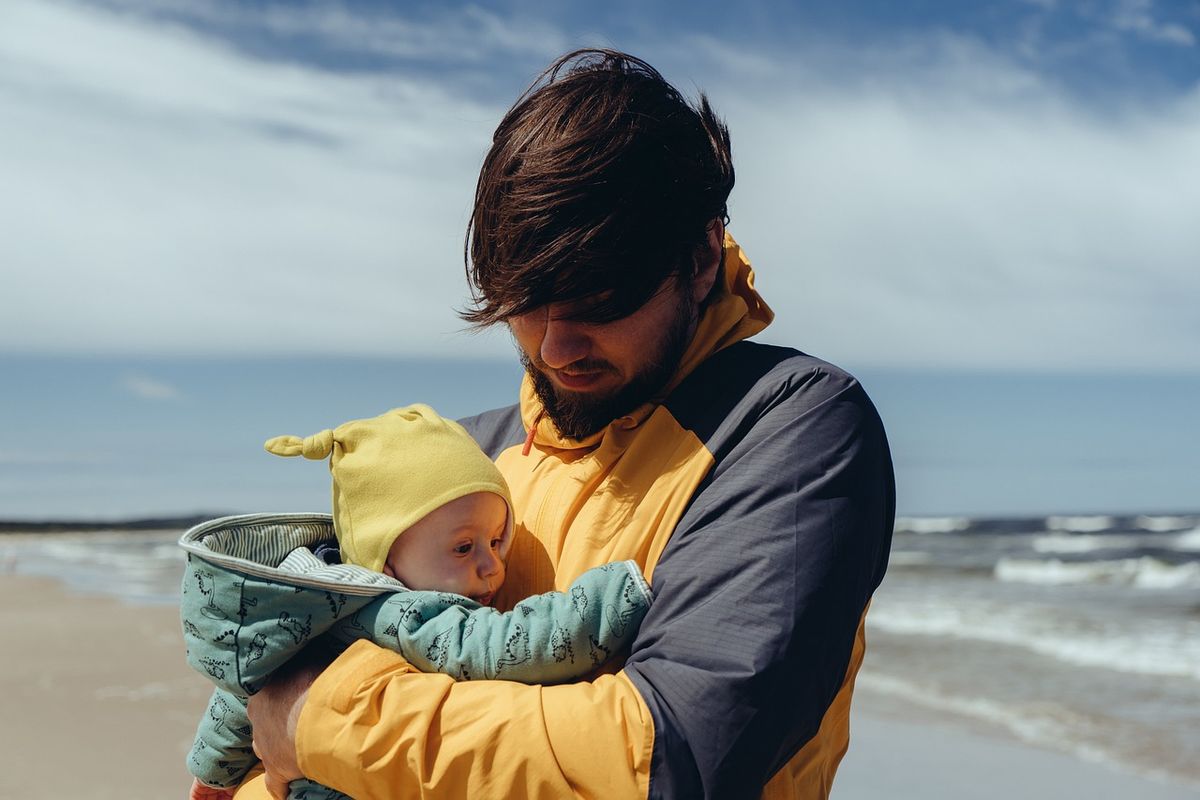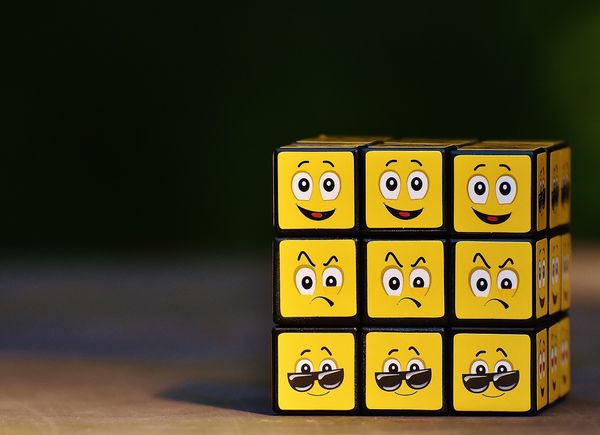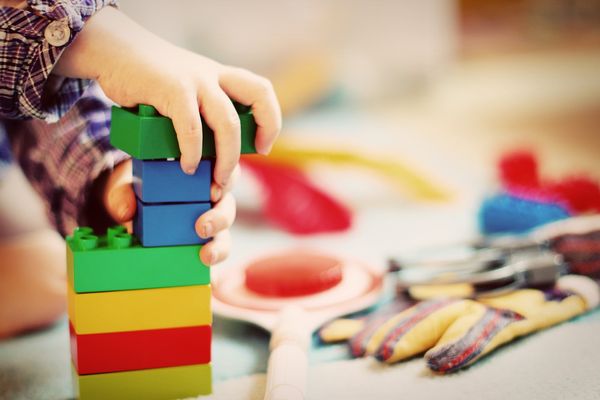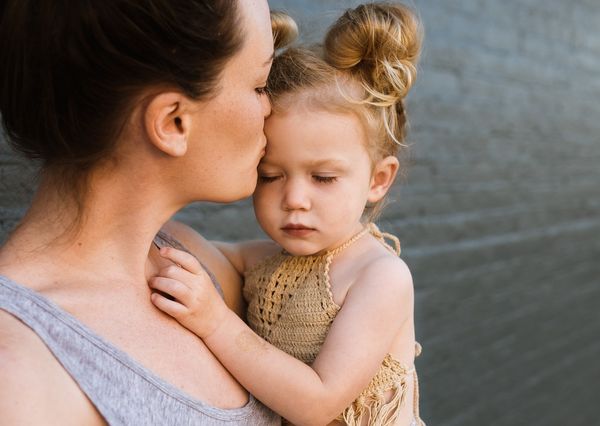Level 4, Significance: Secure Attachment. Peer Orientation.

Today, we'll talk about the fourth level of attachment, but as always, let's start with the general theory. This time, I want to tell you about secure attachment and peer orientation.
The Newfeld Theory is often mistakenly called Attachment Theory. While his theory is indeed based on Attachment Theory, it goes much further. Remember, as I mentioned in the first introductory post, attachment is not the ultimate goal. We don't raise our children to be attached to us. However, we invest a lot in developing attachment because it serves as a psychological womb for our children's development. In other words, a secure and deep attachment is a necessary condition for a child to unfold their full potential.
Classical Attachment Theory by Bowlby classifies attachment into secure and insecure, and these attachment characteristics were considered constant quantities. Here's a child with insecure attachment to mom, Bowlby would say. But Neufeld went further. First, he showed that attachment develops as the child matures. That's why we are now discussing the six levels of attachment. Over time, it can and should become more reliable and deeper. Plus, it's never too late to develop attachment! I want you to pay attention to this point.
Neufeld doesn't give attachment characteristics like Bowlby did. Yes, there are times when attachment may be insecure, but there's always a chance to change it. Always. When I first realized this, I cried with happiness. What a relief! It's essential to know that there's always a chance! Your child always has a chance. Even if pregnancy wasn't ideal (we all know about the emotional impact of a mother on a child), even if childbirth wasn't perfect, even if breastfeeding didn't work out, and much more, even if you shout at your child despite promising yourself not to. Always. Always a chance. And, actually, if we're already on this path with our children, there's a huge chance of having secure and deep relationships with them that will last a lifetime. Agree, it's impossible not to love Gordon Neufeld just for this hope, giving us the strength to move forward.
Now let's think about how to understand whether our child is securely attached to us. We begin with what I wrote about before. Look at everything through the eyes of the child. Evaluate not our feelings about it, not our efforts, not our contributions, but how the child feels and behaves. I want to emphasize that both we and children have different days and periods. Sometimes things may not go well, we may lack resources, there may be a period of anxiety, and much more, and accordingly, the child's behavior and well-being will correspond to our state. Therefore, it's essential to evaluate not just one day but try to look at the overall picture of attachment, in different periods, in different situations, at different times, see its general characteristics rather than specific problems we all have.
Now let's recall that attachment is not the ultimate goal but a reliable base that helps the child move towards self-discovery, explore the world, and find their place in it. Then it becomes clear that a child who constantly clings to an adult, and people might say, "Oh, she's so attached to her mom," may actually have insecure attachment. She lacks a sense of security and reliability that would allow her to turn away from her mom and start exploring everything around her.
In secure attachment, children typically:
- Have the energy for exploration and discovery.
- Engage in free creativity, inventing, building, and creating.
- Can freely talk about their feelings (even if it's expressing dislike towards a parent—it's a valid emotion, and children often don't mean to hurt us; it's a way of expressing frustration).
- Want to follow their parents, be good (sometimes!), delight them, surprise them, and care for them (not constantly or excessively—it's not their job to take care of us; their job is to grow up and accept our care).
- Embrace family traditions, rituals, and the parents' culture, valuing what's important to the parents.
- Can allow themselves to disagree, not comply, not listen, be inconvenient, not take our side—without fearing that we won't accept them in some behaviors.
- Enjoy time together with parents, preferring them and other adults over peers. Prioritize family values over youth group values.
- Come to parents with their tears, concerns, doubts, and fears, knowing that parents won't devalue, laugh, or shame them.
- Also come to parents with their joys, wanting to share their excitements, achievements, and discoveries.
- For children above 6 years old, they share their secrets with parents and know they can trust them. For younger kids, they may "complain" about others or the unfairness of life, trusting that they will always be heard.
So, a child in secure attachment always knows they can count on parents and wants to rely on them. Their energy is directed not towards seeking love and contact from parents, but towards exploring everything around them and expressing themselves, their emotions, and their creative ideas. When we talk about secure attachment, we also need to consider the issue of peer orientation. Unfortunately, this is a widespread problem that can hinder the deepening of attachment with parents.
We've understood that secure attachment allows children to move away from us and be in the external world. Sometimes, it may mistakenly seem that if a child spends a lot of time with other kids, everything is fine, and the child has the desire and energy to interact with others. But it's not that simple.
The thing is, children quickly form attachments to peers, but attachment between children, by definition, cannot be reliable and secure. Children are not designed to take care of each other, protect each other's hearts. Due to their immaturity, they often hurt and offend each other. It's not their fault; they need to become individuals first, develop a good understanding of themselves and their emotions, and integrate so they can communicate with each other without losing themselves or pressuring others. All of this can only develop in safe relationships—a closed loop. Gordon Neufeld has an entire book dedicated to the issue of peer orientation if you want to deepen your knowledge on this topic. Highly recommended: "Hold On to Your Kids" by Gordon Neufeld.
We understand that kids can communicate with each other, but the central figures in their lives should always be adults: parents, relatives, caregivers, and teachers. They should turn to and rely on them. That's why we encourage children to be friends with other adults, not just other kids. This is why we emphasize the importance of connecting with caregivers/teachers in early education rather than focusing on relationships with other children. This way, attachment to peers won't overshadow attachment to adults. The biggest concern arises when peers become more important than adults, leading to hurts from peers being more impactful than relationships with grown-ups.
So, the issue is not with attachment to other children itself but with it competing with attachment to adults. If we ever feel that our child's attachment to us is not strong and deep enough, or if their attachment to peers is overshadowing their attachment to us, the universal solution is to work on attachment. Never take away what is important to children. Avoid starting with restrictions on spending time with friends. For instance, if we notice that our child doesn't come to us to share complaints, there's no need to insist or demand it. We try not to confront our child directly, not to take away or restrict (if it causes conflicts), and not to exert our authority. Instead, we take responsibility and offer more.
If a child is clingy, separation training (trying to leave the child alone for longer periods) won't help. If children prefer peers, grounding won't solve the problem. We should always stand on the same side as the child and offer more. Be proactive. Offer care that the child cannot refuse. Provide a sense of contact on all levels that matter to the child. This works wonders. When you offer a lot of contact in advance, when contact is unconditional, the child relaxes and stops clinging. When you invite friends over, engage in their shared interests, cook together, or share family traditions, it significantly changes the relationship dynamics.
This concludes the extensive theory, and we move on to the practical part. Let's look at what the fourth level of attachment looks like and how we can help the child feel connected with us at this level.
The fourth level of attachment is attachment through a sense of importance. This level starts developing in children around the age of three. Children begin to understand that mom and dad love those who are important and special to them. They try to show how important parents are to them and want to feel that parents value them and their efforts.
How can we create a sense of closeness at this level?
- Show the child how much you enjoy being together, how pleasant and important it is to spend time together, and how much you love their company.
- Engage in activities together, spend time on shared interests, and show how much you value this time.
- Establish special family traditions, rituals, and routine activities.
- Share memories, inside jokes, or create your own gestures, language, and symbols.
- Children love special gifts and surprises.
- Prepare something special to eat just for them, or decorate something in the house uniquely for them.
- Reassure them that they hold a special place in your heart and will always be there.
- Entrust them with important tasks, demonstrate trust, and emphasize the importance of collaboration and shared responsibilities.
- Pay attention to what the child does for you, notice it, keep their gifts, and appreciate them—even if it's two leaves from a tree. (Children are always finding gifts for us on the street, aren't they?)
These practices help foster a strong and meaningful connection with your child at this level of attachment.
Kids really love it when we tell them stories about how we eagerly awaited their arrival, how overjoyed we were when they were born, and how we carefully chose their name. For those who believe, it's like telling them that the Lord sent us the best child, and how "He loves you too, and you are special to Him" (it's essential to weave the thread of attachment to God if you believe and want your child to believe too).
You can add some special touches to decorate your home. Carry a photo of your child in your purse and show it to them. Display children's items, handprints, and their first locks of hair as precious treasures.
I think you get the idea, and the rest depends on our imagination and our children's preferences.
How can we make our loved ones feel special? I think it's clear. Give them a sense of uniqueness. Special gifts, surprises, unique things, places at home just for them, photos, favorite foods, shared memories, special time together, examining souvenirs from trips or the first gifts, dancing to a wedding song or the first song you ever danced to. And so on in the same spirit.
For introducing them to others:
Tell stories about how our kids were little and what they did with grandparents and other people. Keep some gifts, items. Give special gifts from the child, especially handmade ones like handprints, drawings, cookies, and stories. Pass down family values and traditions from generation to generation, share family items. Highlight the uniqueness with which a caregiver/teacher treats the child. What makes your child unique and how they help/can help. Use the child's talents, hobbies, and what they excel at for spending time with others to show the importance of their contribution to a shared cause.
Again, use words like "special" and "important," and try to convey these feelings to the child from other adults and to other adults from your child.
Bridge the separation at this level:
Bring along special items, things with a shared history when parting ways. Bring things you made specifically for the child, even into bed if the child finds it challenging to fall asleep. Because sleep is also a form of separation.
If it's children at daycare or school, suggest that the child collect chestnuts or stones during outdoor play to do something together later. Or ask them to tell what they did/learned and do it together at home.
Tell them about the special activities you have planned after daycare/school. Or if it's a separation for sleep, talk about the special things you'll do in the morning or after the nap.
Show that you take a photo of the child or their belongings with you to remember them.
Create rituals and traditions associated with the reunion after separation. Emphasize that these are your special activities that you value. For example, take a special route from daycare and notice something along the way. If the child loves dogs, go where they walk dogs, see who we'll meet today, or count their favorite cars, and so on.
Bring their favorite food when picking them up. Or prepare something special at home waiting for the evening.
Fill the time after separation with special contact and attention.
That's all for today! I wish all of us to feel special and create special relationships with our little ones.
Attachment Theory: Why It Matters for You and Your Child
Level One Attachment: All About the Senses.



